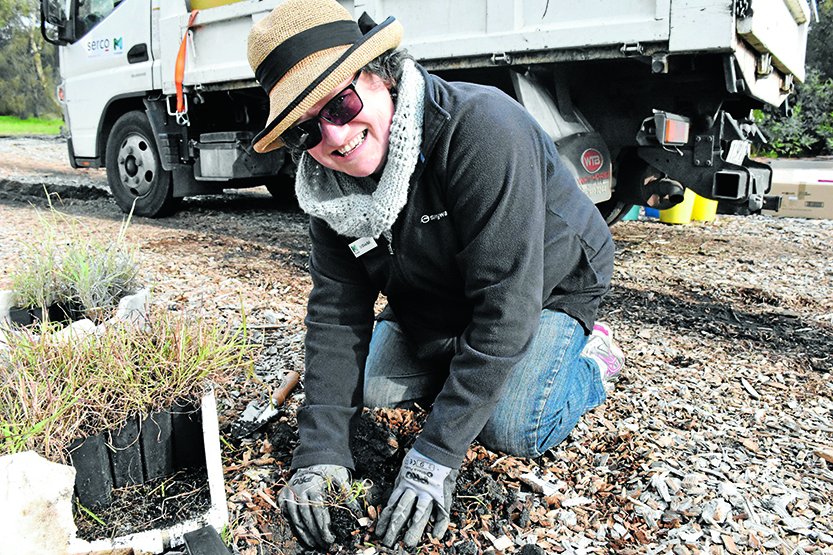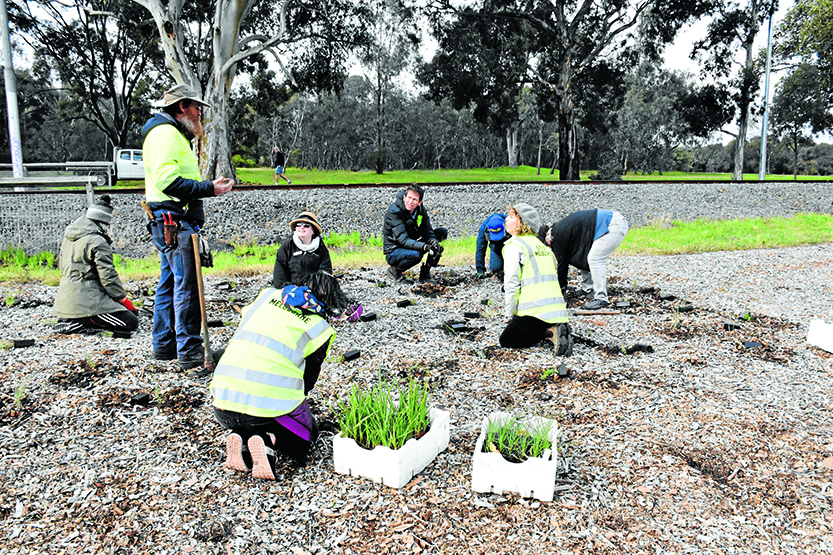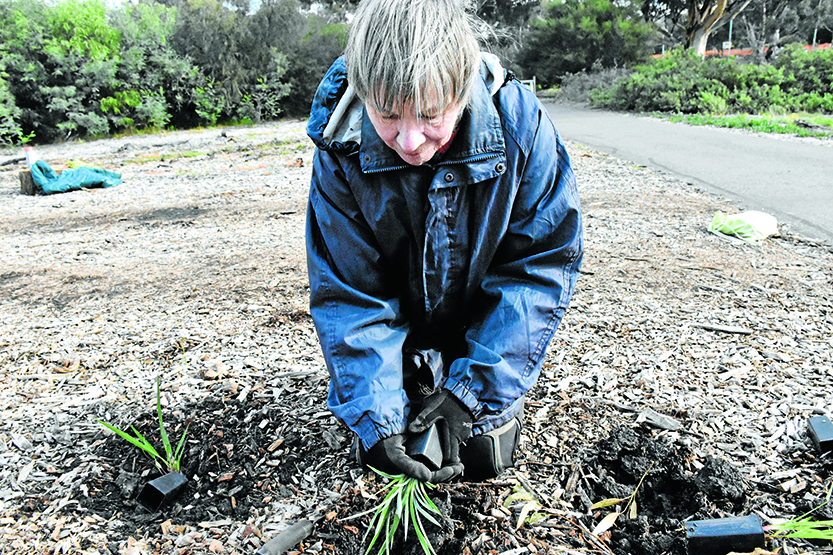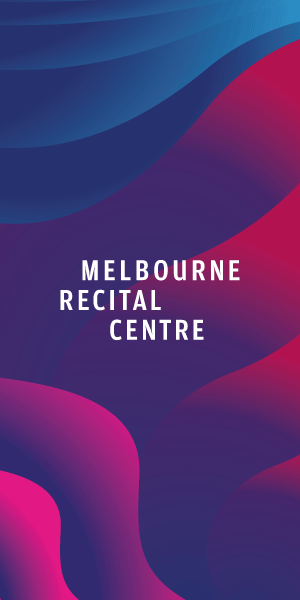Volunteers plant hundreds of native plants in Royal Park
The City of Melbourne’s citizen forester program is back after a year of being on hold due to COVID restrictions.
Volunteers from all around the city came to plant hundreds of indigenous plants in Royal Park during three plantings in late June.
Environment portfolio lead Cr Rohan Leppert said the program was a “fantastic way for the community to get involved in creating a greener Melbourne”.
“Citizen foresters are taking the opportunity to learn more about managing our urban forest, while meeting new people and contributing to their community,” Cr Leppert said.
“This month, our volunteers will plant native grasses and shrubs, increasing understorey habitat to support biodiversity in the city.”
“We’ve had hundreds of volunteers through this program and I encourage anyone interested in our urban forest to give it a go. It is open to everyone and you don’t need any prior knowledge to take part.”
Among the plants are local indigenous grasses and ground covers which would have existed in the park pre-European settlement.
Royal Park supervisor Chris Nicholson said the wide variety of plants was intended to increase biodiversity and attract local plants and animals.
“We’re planting a wide range of species including Bulbine Lilies, Black Anther Lilies which are a great plant for attracting bees, two different species of Bur Daisy, Yellow Buttons Daisy, a ground cover called Blue Devil, and native grasses including Silky Blue Grass and Red-Leg Grass,” Mr Nicholson said.
They’re all sourced from the provenance of Royal Park and some of them were grown by the Friends of Royal Park who have a nursery where they grow seeds they’ve collected from around the park.
The plants will take around two years to reach their full potential and will fully flower in Spring.
“The plants will attract all different kinds of bees and predators like small birds,” Mr Nicholson said.
“Everyone is putting in a huge effort to re-vegetate the area since to try and restore it to what it looked like before Europeans came along.”
Melbourne Zoo conservation campaigner Darcie Carruthers had come to the planting on her lunch break to get in on the action.
“This is the second planting that I’ve been to,” Ms Carruthers said.
“Working at the zoo we feel strongly about Royal Park and the habitat it provides for the native wildlife.”
Another volunteer Kerry O’Neil said that although she didn’t live within the City of Melbourne she loved to be out in the Australian native gardens.
“I’m always pleased to see green space in urban areas and I hope we create more of it” Ms O’Neil said. “The City of Melbourne is much further ahead in its conservation programs than other councils I’ve found.”
Cr Olivia Ball, who attended the planting, said she was pleased to see Royal Park re-populated with indigenous plants.
“I’m particularly pleased to be planting local, indigenous species like these beautiful everlasting daisies,” Cr Ball said.
“Royal Park is such an asset when it comes to the sheer size of greenspace and work like this reflects how much the community loves and treasures this park and wants to protect the biodiversity within it.” •
Caption: Councillor Olivia Ball planting ground covers.
Caption:Volunteer Kerry O’Neil getting in on the action.
Caption: Volunteers listening to a talk about the history of Royal Park and the benefits of the planting.

Bottega Tasca: Carlton’s go-to fine wine boutique








 Download the Latest Edition
Download the Latest Edition